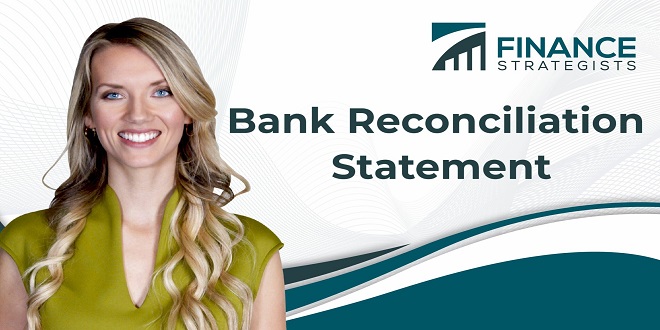Cash books are used by businesses to keep track of both cash and bank transactions.A cash column in a cashbook shows cash on hand at the firm, whereas a bank column shows cash with the bank for brs in accounting.
Every customer has a separate account in the bank’s books. Deposits are recorded on the credit side of the customer’s account, while withdrawals are recorded on the debit side. The bank sends customers an account statement on a regular basis.
The bank balances in the cash book and the bank statement don’t always match. If the balance in the passbook does not match the bank column in the cash book, the company should investigate why this is happening. In other words, a BRS statement is created to reconcile the discrepancy in balances between the bank column present in the cash book and the passbook on a specific date.
What is the Purpose of a BRS?
It is not necessary to prepare a BRS, and there is no deadline for doing so.
BRS is made on a regular basis to ensure that bank-related transactions are appropriately documented in the cash book’s bank column, as well as in the bank’s books. BRS assists in detecting inaccuracies in transaction recording and identifying the precise bank balance as of a given date.
How do you make a BRS?
- The first step is to check the opening balances of the cash book’s bank column and the bank statement; these may differ due to un-credited or un-presented cheques from a prior period.
- Comparison of the credit side of the bank statement to the debit side of the bank column belonging to the cash book, as well as the debit side of the bank statement to the credit side of the bank column of the cash book. Mark all of the elements that appear in both records with a checkmark.
- Examine the entries in the bank column of the cash book as well as the passbook for entries that should have been put in the bank column of the cash book but were not. Make a list of these transactions and make the required changes to the cash book.
- If the cash book contains any typos or inaccuracies, correct them.
- Calculate the bank column’s corrected and amended balance in the cash book.
- Begin the bank reconciliation statement by updating the cash book balance.
- Deduct un-credited checks (cheques deposited into the bank but not yet collected – Income) from un-presented cheques (cheques issued by the business firm to its customers or suppliers but not presented for payment – Expense).
- Make all of the necessary corrections to account for the bank errors. Add all the sums erroneously credited by the bank and subtract all the amounts erroneously credited by the bank if the bank reconciliation statement starts with the debit balance as per the bank column of the cash book. If you’re starting with a credit balance, reverse the process and how to delete the ledger in tally.
- The final figure must be equal to the bank statement balance.
 Pagal World
Pagal World




